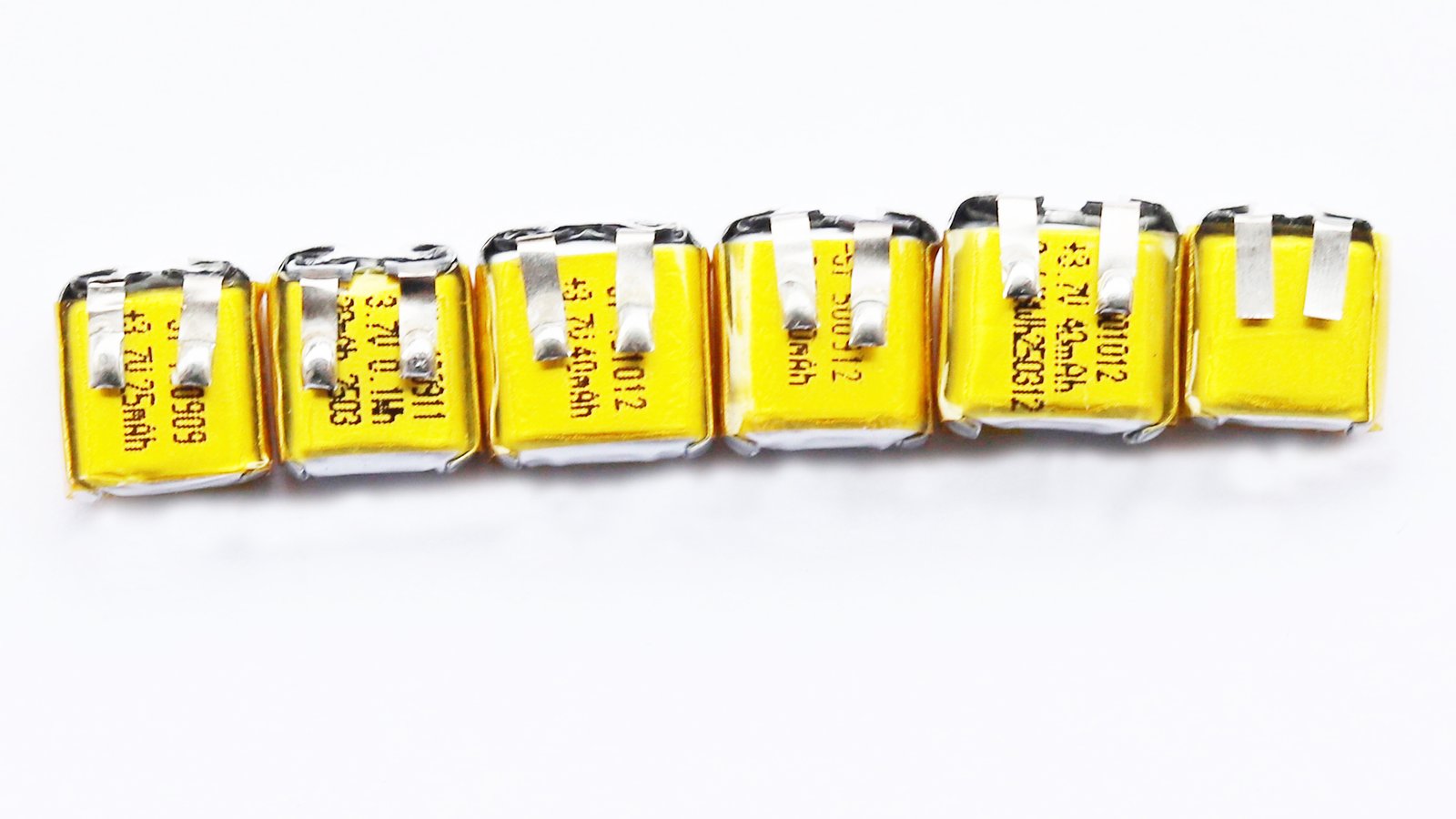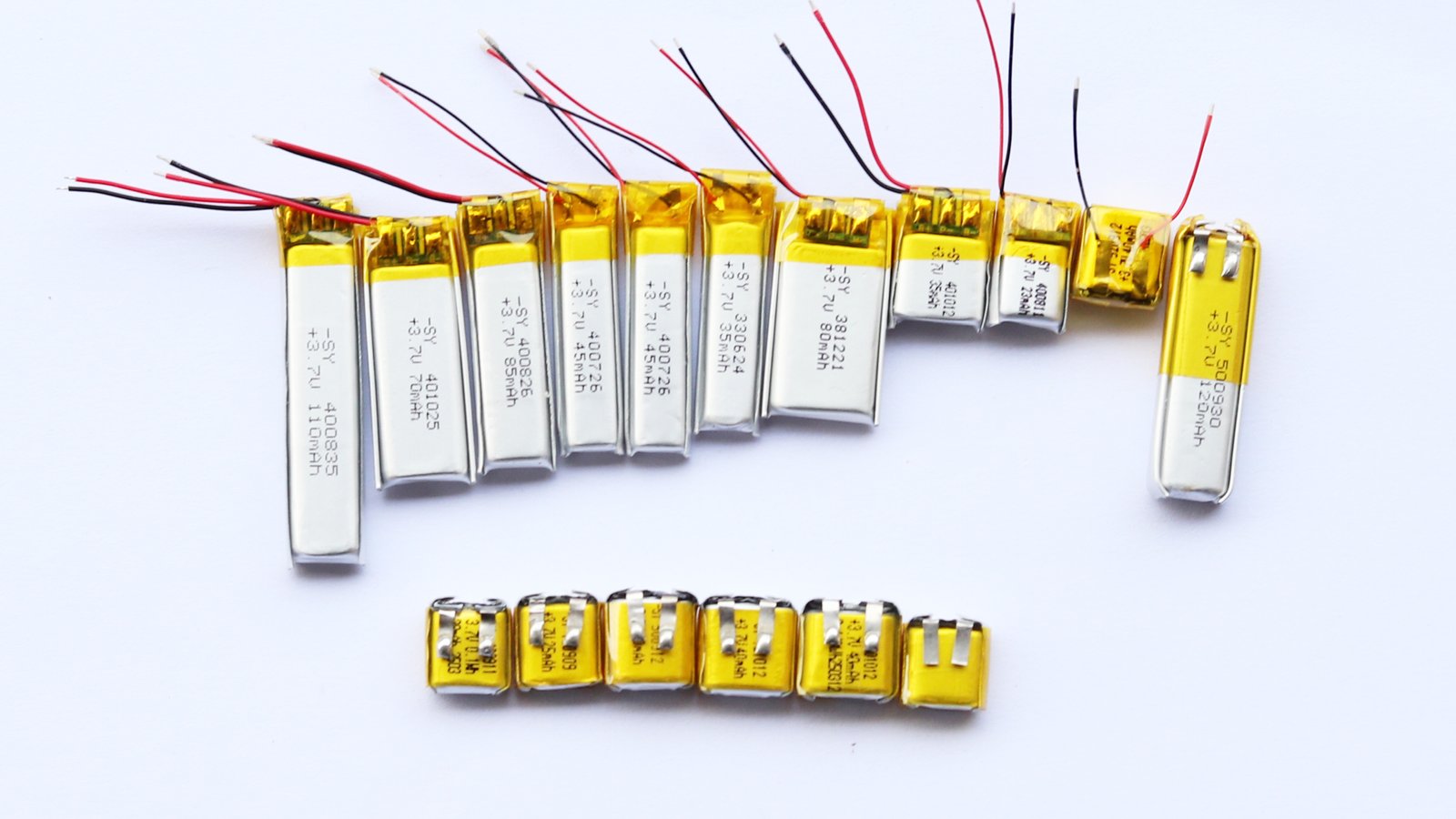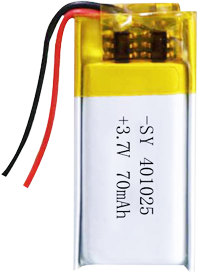Your battery looks fine—until it suddenly stops working.
Lithium-ion battery failures1 are often caused by overcharging2, deep discharging, overheating, physical damage, and manufacturing defects3. These issues can reduce capacity or cause total failure.

Understanding these failure points can help you extend battery life4, avoid safety issues5, and choose more reliable products6 for your projects or devices.
Table of Contents
ToggleWhat role do manufacturing defects play?
Ever bought a battery that dies within weeks?
Contamination, misalignment, or internal shorts from poor manufacturing are leading causes of early lithium-ion battery failure.

Common defects include:
| Type of Defect | Possible Consequence |
|---|---|
| Internal short circuit | Fire, swelling, fast failure |
| Uneven coating | Uneven aging, reduced cycle life |
| Contaminated electrolyte | Increased resistance, instability |
That’s why I always prefer batteries from reputable manufacturers—even for DIY builds.
How does overcharging damage batteries?
Charging should help—not hurt.
Charging above 4.2V per cell causes chemical breakdown, gas formation, and can trigger thermal runaway.

What happens during overcharge:
- Electrolyte starts to break down
- Pressure builds inside the cell10
- Lithium plating occurs on the anode11
- Separator may fail, leading to internal short12
Cheap or fake chargers often lack voltage regulation, making overcharge one of the most common preventable causes of failure.
Why is deep discharge a problem?
Running your battery down "all the way" is tempting—but risky.
Discharging below 2.5V can cause irreversible damage to the battery’s internal structure and reduce its future capacity.

Deep discharge consequences:
- Copper dissolution from current collector13
- Increased internal resistance14
- Permanent loss of active lithium15
To avoid this, I always use protection boards (BMS) in my packs. It's cheap insurance.
What is thermal runaway, and how does it start?
A hot battery is more than just uncomfortable.
Thermal runaway is a chain reaction that starts with heat and ends with fire or explosion.

Triggers for thermal runaway:
- Overcharging
- External heating (e.g., near a heater)
- Internal short circuits
- Mechanical abuse
Once started, the battery gets hotter, which speeds up decomposition, creating more heat—until something burns or bursts.
How does physical damage lead to failure?
Dropped your power bank? Might want to replace it.
Punctures, dents, or even light crushing can damage the separator, leading to internal shorts.

Effects of mechanical damage:
- Separator failure
- Internal short circuit
- Swelling from gas generation
- Fire if the short ignites electrolyte
Most of my customers ask why their battery bulged after falling—this is why.
What about high temperatures?
Heat is a silent killer of battery life.
Sustained temperatures above 45°C degrade both the electrolyte and electrode structure, reducing life and stability.

What happens in heat:
- Electrolyte breaks down faster
- SEI layer becomes unstable
- Increased risk of thermal runaway
I always recommend storing batteries in a cool, shaded area—especially in summer or hot climates.
Does charging method matter?
Not all chargers are equal—and some can ruin a battery.
Fast-charging at high current or voltage damages internal layers, while unregulated charging leads to swelling or shorts.

Best practices:
- Charge at 0.5C to 1C unless datasheet says otherwise16
- Never use a charger not matched to cell voltage
- Stop charging if the cell gets hot to touch17
Using a USB boost converter without a charging chip? That’s how you fry your cell.
What is SEI degradation and why does it matter?
Every lithium-ion battery forms a protective layer—but it doesn't last forever.
The Solid Electrolyte Interphase (SEI) protects the anode, but if it grows unstable, capacity drops and failure risk rises.

Causes of SEI failure:
- High temperature
- Fast charging
- Impure electrolyte or additives
Once SEI breaks down, lithium is lost in side reactions and doesn’t come back—your battery’s effective capacity shrinks.
Can internal shorts happen naturally?
Even well-treated batteries can fail over time.
Internal shorts can occur due to dendrite formation, particle migration, or aging materials.

Watch for:
- Sudden voltage drop during use
- Abnormal heating
- Swelling or venting
This is why older batteries are less safe—even if they look fine.
Conclusion
Lithium-ion batteries fail for many reasons, but most are preventable with good charging habits, careful handling, and quality components.
-
Understanding the causes of Lithium-ion battery failures can help you prevent issues and extend battery life. ↩
-
Learn how overcharging impacts battery performance and safety to avoid potential hazards. ↩
-
Explore the implications of manufacturing defects to ensure you choose reliable battery products. ↩
-
Exploring this resource will provide you with practical tips and techniques to maximize your device's battery performance. ↩
-
Understanding safety issues is crucial for preventing accidents and ensuring safe usage of battery-powered devices. ↩
-
This link will guide you in selecting high-quality and dependable battery products for your projects, enhancing overall performance. ↩
-
Understanding the impact of metal particles in cells can enhance your knowledge of cellular processes and potential health implications. ↩
-
Exploring this topic can provide insights into battery efficiency and design improvements, crucial for technology advancements. ↩
-
Learning about impurities in battery materials can help you understand their impact on performance and longevity, vital for energy storage solutions. ↩
-
Discover the factors leading to pressure build-up in battery cells, which is vital for ensuring battery safety and longevity. ↩
-
Understanding lithium plating is crucial for battery safety and performance. Explore this link to learn more about its implications. ↩
-
Learn about the risks associated with separator failure in batteries, which can lead to dangerous internal shorts and safety hazards. ↩
-
Understanding copper dissolution is crucial for improving battery performance and longevity. Explore this link for in-depth insights. ↩
-
Increased internal resistance can significantly affect battery efficiency. Learn more about its causes and solutions by exploring this resource. ↩
-
Permanent loss of active lithium can lead to reduced battery capacity. Discover more about this issue and its implications for battery technology. ↩
-
Understanding the charging rates is crucial for battery longevity and safety. Explore this link to learn more about optimal charging practices. ↩
-
Heat can indicate potential hazards. This link provides essential safety tips for handling overheating batteries. ↩

